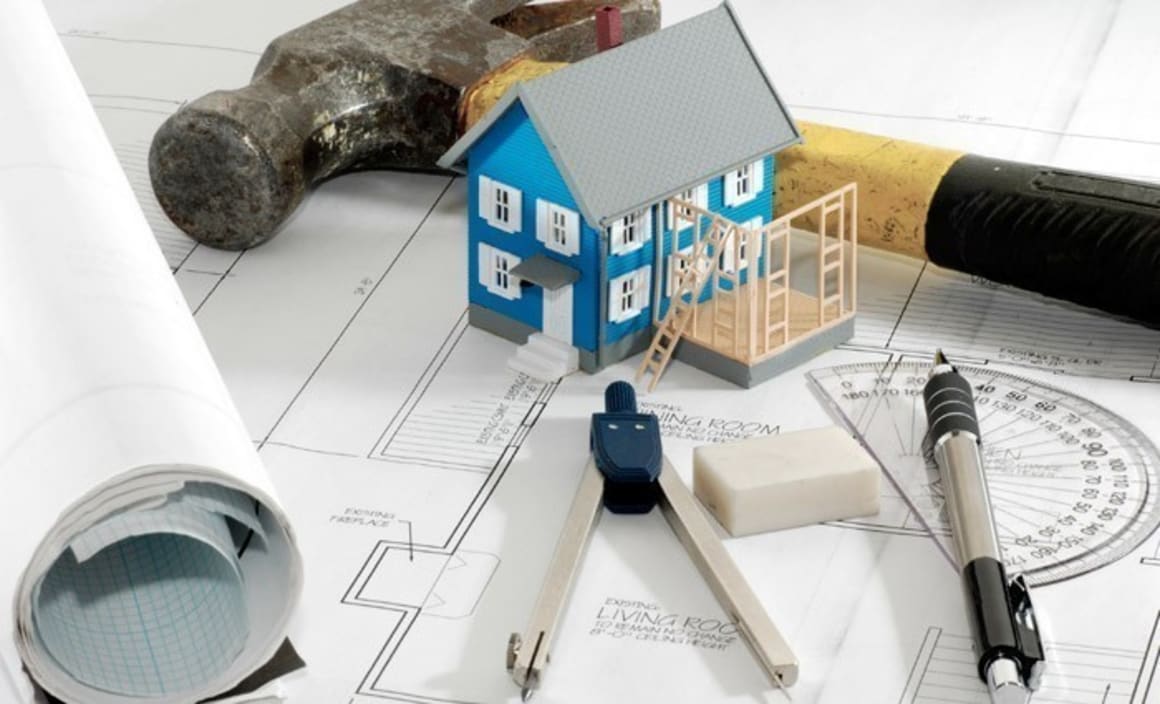Can you trust a ‘bargain’ home?

Guest observation
The seemingly ever increasing property prices in Australia have turned many first home buyers' attention to affordable and fixable homes.
With popular TV programs like Building Ideas and The Block, the media also reinforces this link between the Australian "can-do", DIY attitude and home buying. For first home buyers on a budget, doing it DIY can be appealing.
However, lack of prior investigation and poorly informed decision making can amplify costs – potentially much higher than a first home owner's budget allows. When in the initial stages of your home buying search, you can save your time and valuable money by looking out for warning signs when viewing homes and gauging whether the renovation costs will fit within your budget.
Is there such thing as a 'bargain' home? When purchasing a lower than market value property, there are key points every home buyer should consider.
Drainage System
Buildings showing signs of bad drainage will usually exhibit signs of water seeping through walls and floors (in the form of brown stains on the plaster) and a strong mildew odour. Grey water present at end of pipe drains evidences that a drainage system is blocked by contaminants. Be especially aware of unsanitary black water containing sewage. This is the most hazardous to health, and means that drinking water may also be affected.
Cost of renovation: High
Ceiling
If a structure is not adequate to support a sagging ceiling, there is certain safety hazard. Buildings with damaged ceilings must be repaired immediately. Look out for cracks in the ceiling plaster as well as water stains in the plaster as these will be causes for concern. However, if you notice the ceiling is sagging, the house is more than likely going to be a no-go for someone on a tight budget as this is a the sign that costly reparations are necessary. This is an important consideration- particularly for first time buyers, as you will probably wish to move in right away, but entry will not be permitted without costly repair for safety reasons.
Cost of renovation: High
Floors and Walls
The foundations of a home must be stable in order to be able to house occupants. Cracks across foundations or walls may be the result of soil creep, flood or other natural forces. Structural integrity cannot be compromised. A full audit of cracks is necessary to discern the level damage, but as a general rule of thumb, thin hairline cracks are pose little cause for concern and can be covered with a lick of paint, but large cracks causing the separation of wall plaster or floor tiles present more serious challenges.
Cost of renovation: Moderate to high
Mould
Leakage from a water system or foundation can substantially weaken a structure. Health considerations and sub-standard appearance are a more common result of mould. A mould-laden property with pathogens can lead to poor air quality. Potentially perilous for children, respiratory patients, and pets, mould should be eliminated prior to move-in. Look out for mould (usually in the form of black or grey spores) in areas such as inside cupboards (especially under sinks), on window frames, behind curtain headings or pelmets and along the floor outside showers or bathtubs.
Cost of renovation: Moderate to high
This article continues on the next page. Please click below.
Pests
The danger of pest infestation is a problem that must be managed with chemicals. These include rodent, roach, ant, and termites. Inspection by a licenced pest control professional will provide exact information on the extent of the damage. Pests tend to nest in cupboards, wardrobes, beneath floorboards and in rarely used parts of the house like the garage, so look out for them in there. If pest excrement is present, it is a sign of infestation.
Cost of renovation: Moderate to high
Roof
Indications of structural roof sagging should be inspected to assess the cost of the damage. Roofs with falling frames will be more costly, while minor levelling problems may not be as expensive to fix.
Cost of renovation: Moderate
Water Stains
When pipes crack or break, flooding, leaks, and seepage can make its way into ceiling and wall foundations. Brown stains in rooms near bath and kitchen amenities are most likely to see extensive damage. Re-plastering is generally the solution if the pipes have already been repaired.
Cost of renovation: Moderate to High
Wood Rot
The deterioration of wood caused by water damage and termite infestation can cause rotting, and even crumbling. One simple method of ascertaining wood rot damage is to press frames around the door and windows of a building. A crumbling or sponge-like texture is usually an indicator that wood rot is taking over key fixtures. These would need to be replaced to keep your home safe from burglars as a crumbling door or window frame won't keep out a concerted break-in effort.
Cost of renovation: Moderate to high
Bargain homes often attract first time buyers, but it's important to move forward with caution when considering this type of property. Replacement of fixtures and structural elements can be expensive depending on the size of the home. Always have a professional evaluate the number and type of repairs required before settling a property deal.
Professional pre-purchase building inspection
Firstly, before signing on the dotted line and handing over the deposit on a 'fixer- upper' home, a professional pre-purchase building inspection is advised.
A sound inspection should investigate deeper into the structural integrity of the home and expose any repairs that are necessary to keep the home in a safe condition.
Brad Porteus is the Managing Director of BSP Construction Consultants, pre-purchase building inspection specialists in Perth, Western Australia. You can read his contributions on realestateview.com.au.